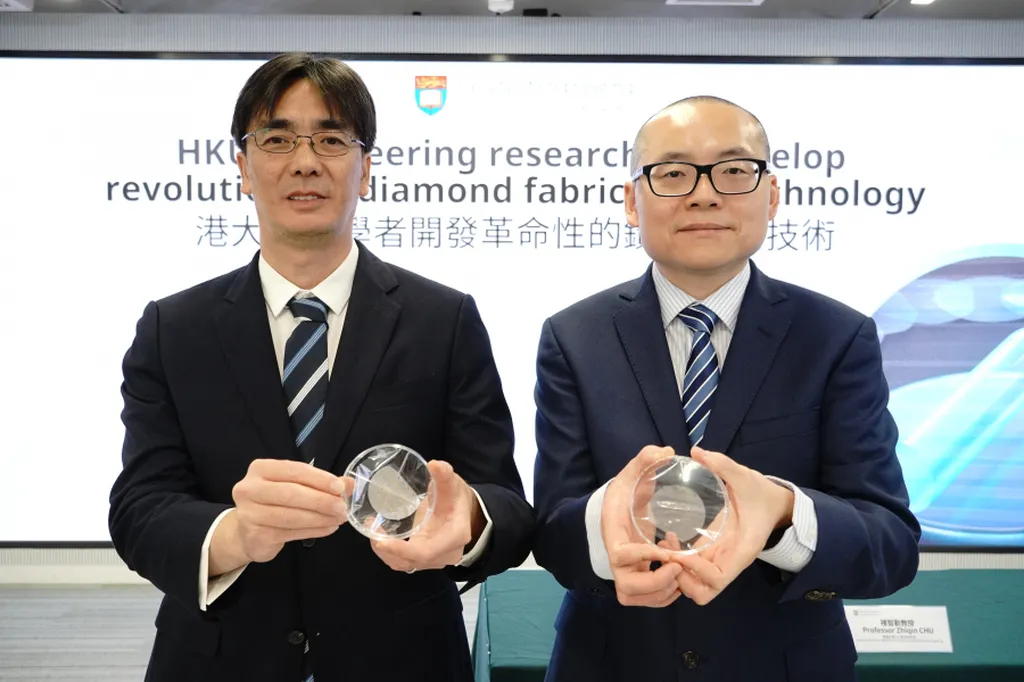In the heart of Hong Kong, researchers are pushing the boundaries of material science, and their work could revolutionize the energy sector. Dr. Tiqing Zhao from the Department of Mechanical Engineering at the University of Hong Kong is leading the charge, exploring the vast potential of single crystalline diamond (SCD) in micro-electromechanical systems (MEMS). His recent paper, published in the journal *Functional Diamond* (translated as *Functional Diamond*), offers a glimpse into a future where diamonds could be more than just a girl’s best friend—they could be the backbone of next-generation electronics and energy systems.
Diamonds are renowned for their hardness, but it’s their other properties that have scientists like Dr. Zhao excited. “Diamond has many excellent physicochemical properties,” he explains, “including ultrahigh hardness, wide bandgap, outstanding thermal conductivity, and high electron mobility.” These properties make SCD a critical material for high-power electronics, quantum technologies, and MEMS/NEMS. However, the same properties that make diamond so useful also make it incredibly challenging to fabricate at a micro-scale.
The paper systematically summarizes the latest progress in SCD MEMS manufacturing. It delves into the intricacies of diamond growth through high pressure and high temperature (HPHT) or chemical vapor deposition (CVD). It also explores the creation of two-dimensional (2D) nanostructures through inductively coupled plasma (ICP) etching and focused ion beam (FIB) milling, and three-dimensional (3D) structures through ion implant-assisted exfoliation (IAL), diamond on insulator (DOI), and angled etching strategies.
The potential applications are vast and varied. SCD could be used in thermal management, photonic devices, quantum systems, and heterojunctions. “The future of SCD in the energy sector is particularly promising,” says Dr. Zhao. “Its outstanding thermal conductivity could lead to more efficient power electronics, while its high electron mobility could enable faster, more efficient quantum computing.”
However, challenges remain. High fabrication costs, interfacial thermal resistance in hetero-integrated devices, and limitations in n-type doping efficiency are all hurdles that need to be overcome. But Dr. Zhao is optimistic. “Emerging approaches like deep elastic strain engineering (DESE) can offer novel pathways to regulate SCD’s electronic and quantum properties,” he says.
The research underscores the need for interdisciplinary collaboration in materials science, nanofabrication, and quantum engineering. As Dr. Zhao puts it, “Interdisciplinary combination is critical for the next-generation electronics, quantum information, and MEMS technologies of diamond.”
In the energy sector, the implications are significant. More efficient power electronics could lead to reduced energy losses, while advances in quantum computing could revolutionize data processing and analysis. As researchers continue to explore the potential of SCD, one thing is clear: the future of energy technology is looking increasingly shiny and bright.

